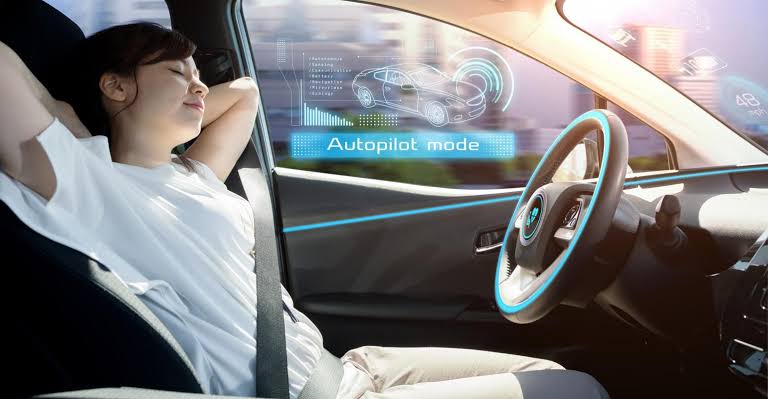The future of driverless cars, often termed autonomous vehicles (AVs), holds the promise of transforming the way we travel, commute, and transport goods. With advancements in technology, artificial intelligence, and sensor systems, driverless cars are poised to revolutionize transportation, offering a safer, more efficient, and environmentally sustainable alternative to traditional vehicles.
One of the key drivers shaping the future of driverless cars is the quest for enhanced safety. Autonomous vehicles are equipped with a myriad of sensors, cameras, and advanced computing systems that enable them to perceive and react to their surroundings with greater accuracy and speed than human drivers. By eliminating human error, which is a leading cause of accidents on the road, driverless cars have the potential to significantly reduce the number of traffic-related fatalities and injuries.

Furthermore, driverless cars hold the promise of enhancing mobility and accessibility for individuals with disabilities, elderly populations, and underserved communities. By providing on-demand transportation services and expanding access to mobility options, autonomous vehicles can improve transportation equity and empower individuals to participate more fully in social, economic, and cultural activities.
In addition to safety and accessibility, driverless cars offer the potential for increased efficiency and sustainability in transportation. Autonomous vehicles can optimize routes, reduce congestion, and minimize fuel consumption, leading to lower greenhouse gas emissions and a more environmentally friendly transportation system. Moreover, shared autonomous vehicles and ride-hailing services can promote carpooling and reduce the need for private vehicle ownership, further reducing traffic congestion and pollution.
However, despite the potential benefits, the future of driverless cars is not without its challenges and considerations. Concerns about cybersecurity, data privacy, liability, and regulatory frameworks must be addressed to ensure the safe and responsible deployment of autonomous vehicles. Ethical dilemmas, such as how autonomous vehicles should prioritize human safety in the event of unavoidable accidents, also pose complex challenges that require careful consideration.
Furthermore, the widespread adoption of driverless cars may have significant societal and economic implications. The disruption of traditional transportation industries, including taxi services, trucking, and public transit, could lead to job displacement and economic upheaval in affected sectors. Moreover, questions about the impact of autonomous vehicles on urban planning, infrastructure, and land use patterns remain unresolved.
The future of driverless cars holds immense potential to revolutionize transportation, improve safety, enhance mobility, and reduce environmental impact. However, realizing this vision will require collaboration and coordination among policymakers, industry stakeholders, and the public to address technical, regulatory, and societal challenges. By navigating these complexities thoughtfully and responsibly, we can pave the way toward a future where autonomous vehicles play a central role in shaping the way we move and connect in our increasingly interconnected world.

